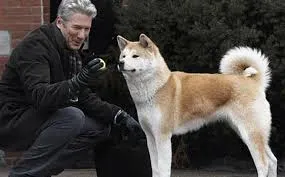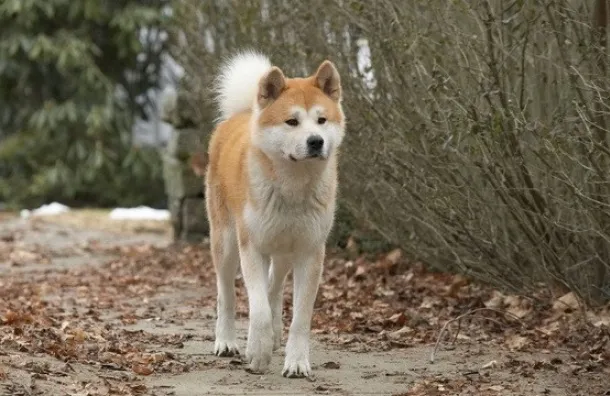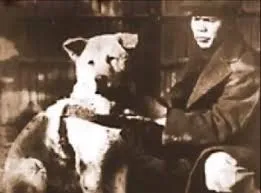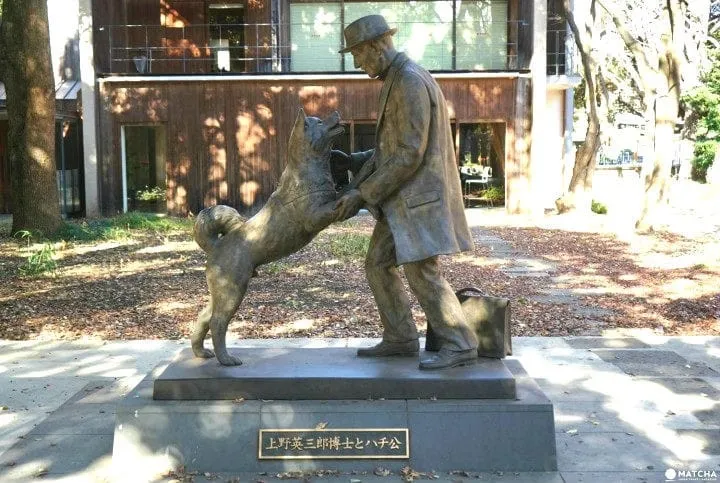
Pay attention that today I am going to tell you the true story of Hachikō.

Our story takes place in 1924, in Japan, specifically in Tokyo.

When Hidaseburo Ueno, a university professor decides to look for a companion dog, specifically an Akita.

That race was scarce, but after several months he traveled to Odate where he was able to get his furry friend, whom he named "Hachikō"

Ueno and Hachi became inseparable, all the time they were together, but one day while Ueno was teaching...

He decided to leave school early and when he arrived at the Shibuya station, he found Hachi waiting for him.

Every day Hachikō accompanied him to Shibuya and every day he waited outside the station while Ueno was in college.
Until one day...

Ueno realized that he had already formed a routine and every day when getting off the train he was looking for his friend.
And so for two years until one day Ueno did not appear.
He had suffered a stroke and died in college.
Ueno's wife could not support Hachi so he gave it to a Gardener, hoping he would be happy with a new family.

But Hachi escaped every day and every day his new family sought him out and they always found him in the same place.
Outside the Shibuya station waiting faithfully for his friend to return.
Every day, for the next 10 years, Hachi endured cold, snow, hunger and thirst waiting to see his friend leave the train door.
People could not stop noticing Hachi and one day a reporter came across a student from Ueno and the friendship story became famous.
To this day there is a statue of Hachi outside the Shibuya station as a reminder of the friendship and loyalty of the pets.
The statue keeps watching for Ueno to return.
But Hachi did not, Hachi died a year later and finally he could meet his friend in another life.

The bodies of both friends rest together in the Aoyama cemetery.
And they are finally together in the afterlife, where they will never separate again.
End.